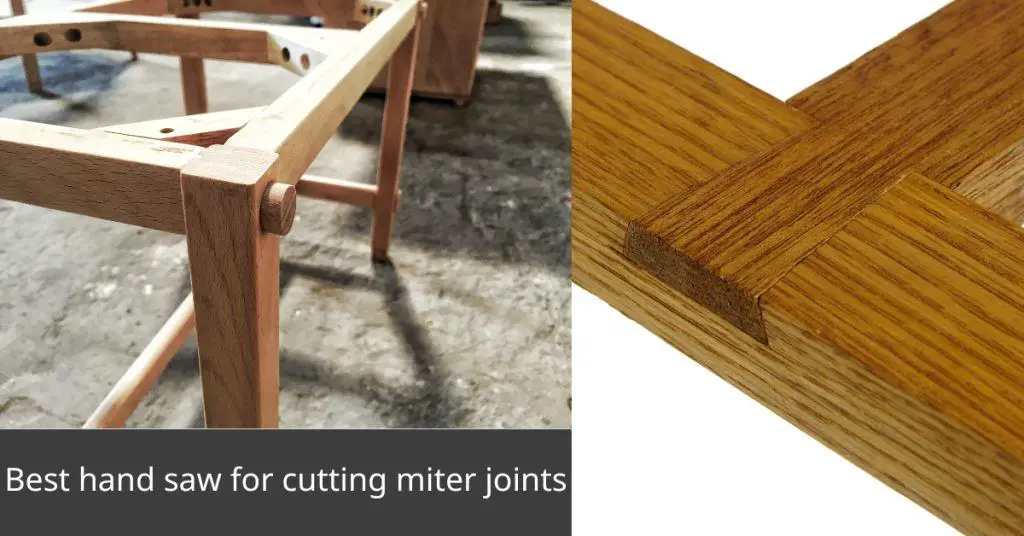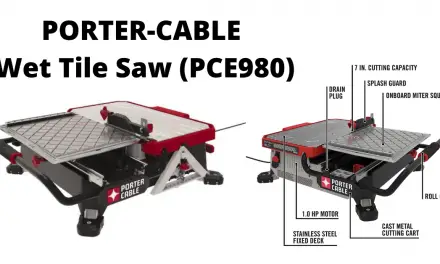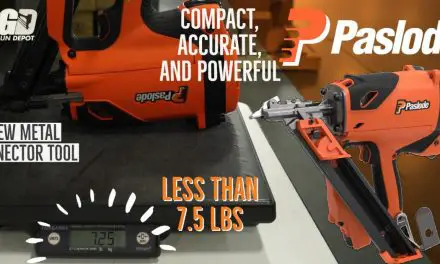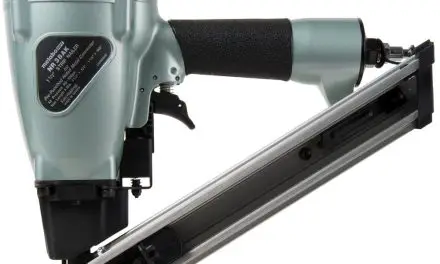Miter joints are a popular choice for woodworking projects, as they provide a clean and seamless finish. However, achieving a perfect miter joint requires precision and the right tools. One of the most important tools in your arsenal is the hand saw. Hand saws come in different shapes and sizes, each with its own unique features that make them suitable for specific tasks. In this article, we will explore the different types of hand saws available for cutting miter joints and provide tips on how to choose the best one for your project. We’ll also share some helpful tips for using a hand saw to achieve those perfect miter joints every time.
Types of Hand Saws for Cutting Miter Joints
When it comes to cutting miter joints, there are a few different types of hand saws that can get the job done. The most common type of saw used for this task is the miter saw, which is specifically designed to make angled cuts. However, if you don’t have access to a miter saw or prefer to use a hand saw, there are a few options to consider.
One option is a backsaw, which has a stiffened edge and a reinforced spine to help keep the blade straight during cuts. Backsaws come in a variety of sizes and tooth configurations, so it’s important to choose one that’s appropriate for the size of your project and the type of wood you’re working with.
Another option is a Japanese pull saw, which features a thin, flexible blade that allows for precise cuts. Pull saws are often used for fine woodworking and can be a good choice for intricate miter joints.
Finally, a coping saw can also be used for cutting miter joints, particularly when working with smaller pieces of wood. Coping saws have a narrow blade that can be easily maneuvered around curves and angles.
Ultimately, the type of hand saw you choose will depend on your personal preference, the size and complexity of your project, and the type of wood you’re working with. It’s important to choose a saw that feels comfortable in your hand and that you feel confident using.
Factors to Consider When Choosing a Hand Saw for Miter Joints
When choosing a hand saw for cutting miter joints, there are several factors to consider. One of the most important is the type of material you will be cutting. Different types of hand saws are designed to cut through specific materials, so it’s essential to choose one that is appropriate for your project.
Another factor to consider is the size of the saw. A larger saw may be more comfortable to use for some people, but it may not be as precise as a smaller saw. Additionally, a smaller saw may be easier to control and maneuver in tight spaces.
The number of teeth on the saw blade is also an important consideration. The more teeth a saw has, the smoother the cut will be. However, a saw with too many teeth may not be suitable for cutting thicker materials.
Finally, the handle of the saw should be comfortable to grip and easy to hold. This is especially important if you will be using the saw for extended periods. Look for a handle that fits comfortably in your hand and provides a secure grip.
By considering these factors, you can choose the best hand saw for cutting miter joints that will provide you with accurate and precise cuts every time.
Top Picks for the Best Hand Saw for Cutting Miter Joints
When it comes to cutting perfect miter joints, having the right-hand saw is crucial. Here are some top picks for the best hand saws for cutting miter joints:
1. Japanese Pull Saw: This type of saw has a thin blade that allows for precise cuts and minimal tear-out. The pull stroke also allows for more control and accuracy.
2. Backsaw: A backsaw has a stiff spine that helps keep the blade straight during cuts. This makes it ideal for cutting precise angles and joints.
3. Dovetail Saw: While typically used for dovetail joints, this saw can also be great for cutting miter joints. It has a narrow blade that allows for tight curves and intricate cuts.
4. Coping Saw: This saw has a thin blade that can be easily maneuvered to cut complex shapes and angles. It’s also great for making internal cuts on moldings and trim.
Ultimately, the best hand saw for cutting miter joints will depend on your specific project and personal preference. Consider the type of wood you’ll be working with, the angle of the joint, and your own level of experience when choosing a saw.
Tips for Using a Hand Saw to Cut Miter Joints
When it comes to cutting perfect miter joints with a hand saw, there are a few tips that can help you achieve the best results.
Firstly, it’s important to mark your cut lines accurately using a square and pencil. This will ensure that your cuts are straight and at the correct angle.
Next, use a clamp or vise to secure your workpiece in place. This will prevent it from moving while you’re making your cuts, which could result in uneven joints.
When making your cuts, start slowly and use a light touch. Let the saw do the work and avoid forcing it through the wood. This will help you maintain control and accuracy throughout the cut.
It’s also a good idea to make a few practice cuts on scrap wood before cutting your actual workpiece. This will give you a chance to get comfortable with the saw and adjust your technique as needed.
Finally, be sure to keep your saw blade sharp and well-maintained. A dull blade can make it difficult to cut straight and accurate joints, so it’s worth taking the time to keep your tools in good condition.
By following these tips, you’ll be well on your way to cutting perfect miter joints with a hand saw.
In conclusion, choosing the right hand saw for cutting miter joints is crucial to achieving perfect results in your woodworking projects. By considering factors such as the type of wood you’re working with, the angle of the joint, and your own personal preferences, you can select a hand saw that will make the job easier and more precise. Whether you opt for a traditional backsaw or a modern Japanese pull saw, be sure to follow best practices when using it, such as marking your cuts carefully and taking your time to ensure accuracy. With the right tools and techniques, you’ll be able to create beautiful, seamless miter joints that will enhance the quality and craftsmanship of your work.



















